From The New York Times and Alliance Defense Fund:
Legal Memo
Terrain Shifts in Challenges to the Health Care LawBy KEVIN SACK
Published: December 28, 2010
Recommend
Twitter
comments (191)
Sign In to E-Mail
Print
Reprints
Share
Close
LinkedinDiggMixxMySpaceYahoo! BuzzPermalink. The legal challenge to the Obama health care act has invigorated a dispute as old as the Constitution about the framers’ most nettlesome grant of power, which gives Congress treacherously broad authority to pass laws “necessary and proper” to carrying out its assigned responsibilities.
Enlarge This Image
Judge Henry Hudson, via Associated Press
Judge Henry E. Hudson, who invalidated part of the federal health care law this month.
Readers' Comments
Readers shared their thoughts on this article.
Read All Comments (191) »
The cases, which are presumed to be headed to the Supreme Court, center on whether Congress’s power to regulate interstate commerce is so expansive that it can require citizens to buy health insurance. But as the litigation advances, the “necessary and proper” clause is taking on greater prominence in briefs and oral arguments, with the Obama administration asserting that it shelters the insurance mandate and state officials arguing that it buries it.
Because the facts are novel — the courts have never addressed whether Americans can be penalized for not buying something — each side has managed to glean what it wants from the Supreme Court’s most recent guidance.
A spirited debate broke out in legal blogs this month after Judge Henry E. Hudson of Federal District Court in Richmond, Va., invalidated the insurance requirement in part by rejecting the administration’s necessary-and-proper defense. As that case and others move into the appellate courts, scholars are submitting friend-of-the-court briefs that focus on the meaning of necessary and proper.
Some forecast that by the time it gets to the Supreme Court, a case that seemed to be about the commerce clause may be fought largely on necessary-and-proper grounds.
“I think it’s going to be crucial,” said Randy E. Barnett, a Georgetown law professor who recently filed a brief, in the United States Court of Appeals for the Sixth Circuit, that assails the insurance mandate with a necessary-and-proper argument. “The necessary-and-proper clause is always lurking in these commerce clause cases.”
The necessary-and-proper clause sits at the end of Article I, Section 8, after 17 paragraphs that enumerate the powers delegated to Congress, ranging from the establishment of post offices to the declaration of war. It conveys authority “to make all laws which shall be necessary and proper for carrying into execution the foregoing powers.”
The clause’s potential to concentrate power in the national government — it became known as the “sweeping power” — caused consternation among anti-federalists during ratification. And the Supreme Court has struggled since to define its limits, in decisions from McCulloch v. Maryland in 1819 to United States v. Comstock last May.
The next refinement could well come when the Supreme Court considers the health care law, probably two years down the road. Three Federal District Court judges thus far have ruled on the merits of the case, with two upholding the insurance mandate and Judge Hudson invalidating it (but not blocking it pending appeal). A fourth judge is expected to rule next year.
The Justice Department, which represents the Obama administration, argues that the insurance requirement is constitutional under the commerce clause and allowed under the necessary-and-proper clause as a rational means to an appropriate end. It points to a series of Supreme Court precedents that interpret those provisions as allowing the regulation of “activities that substantially affect interstate commerce.”
The act of not obtaining health insurance, the federal government’s lawyers contend, is effectively a decision to pay later rather than up front in a market that consumers cannot avoid. Such decisions, they say, have a substantial impact on the market because many of the uninsured cannot afford their care and shift costs to governments, hospitals and the privately insured.
Furthermore, the lawyers argue, the insurance mandate is essential — both necessary and proper — to making other changes work, particularly prohibitions on discrimination by insurers against those with pre-existing medical conditions.
“We’re not talking about downstream effects,” Ian H. Gershengorn, a Justice Department lawyer, told Judge Hudson at an October hearing. “We’re talking about the very thing that enforces insurance companies to comply with the regulations.”
The judge, however, agreed with Virginia’s attorney general that the necessary-and-proper clause could not prop up an otherwise unconstitutional provision. Virginia argued, and the judge agreed, that the insurance requirement, by regulating inactivity rather than activity, exceeds the limits of the commerce clause.
“The necessary-and-proper clause does not provide a safe sanctuary,” Judge Hudson wrote, because it “may only be constitutionally deployed when tethered to a lawful exercise of an enumerated power.”
That prompted online rebuttals from a number of legal scholars who argued that Judge Hudson’s misreading would render the necessary-and-proper clause meaningless.
“It reads the necessary-and-proper power out of the Constitution,” Andrew Koppelman, a Northwestern University law professor, wrote on the legal blog Balkinization, “because it won’t allow it to add anything to the enumerated powers.”
The Supreme Court’s seminal instruction came from Chief Justice John Marshall in McCulloch v. Maryland, which upheld Congress’s right to incorporate a national bank. While the court found that the necessary-and-proper clause granted Congress broad authority, Marshall set outer limits by writing, “Let the end be legitimate, let it be within the scope of the Constitution, and all means which are appropriate, which are plainly adapted to that end, which are not prohibited, but consistent with the letter and spirit of the Constitution, are constitutional.”
The Supreme Court, under Chief Justice John G. Roberts Jr., affirmed the scope of Congress’s authority 191 years later in the Comstock case, which upheld the federal government’s ability to detain sexual predators beyond their prison release dates. Writing for the court, Justice Stephen G. Breyer pointed out that the Constitution did not explicitly grant Congress the power to criminalize conduct or imprison offenders, but that the necessary-and-proper clause made each possible.
The court laid out five “considerations” to help determine whether a statute was in fact necessary and proper. Lawyers in the health care cases differ over whether those considerations constitute a test, and if so whether the insurance requirement would pass.
Each side has also found encouragement in Justice Antonin Scalia’s concurring opinion in the last significant commerce clause case. In Gonzales v. Raich in 2005, the majority found that the clause allowed the government to prosecute the possession of medical marijuana. Justice Scalia, while agreeing, wrote that the case should have hung on the necessary-and-proper clause.
Congress can regulate “even noneconomic local activity if that regulation is a necessary part of a more general regulation of interstate commerce,” he wrote.
That might provide solace to the administration, except that Justice Scalia used the words “activity” or “activities” 42 times in his ruling. The court has never been asked whether inactivity should receive the same blessing.
A version of this article appeared in print on December 29, 2010, on page A10 of the New York edition..
Wednesday, December 29, 2010
Subscribe to:
Post Comments (Atom)
.gif)



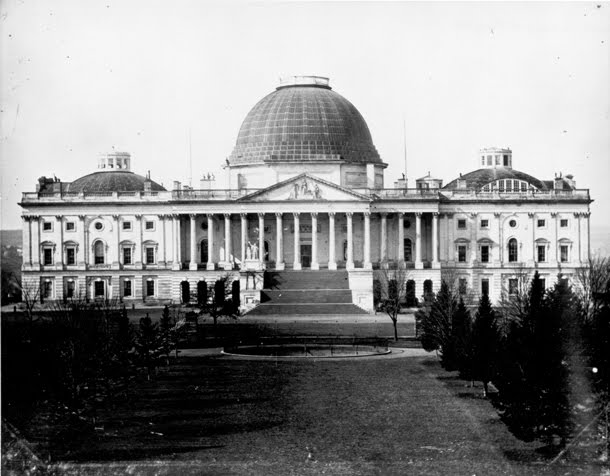









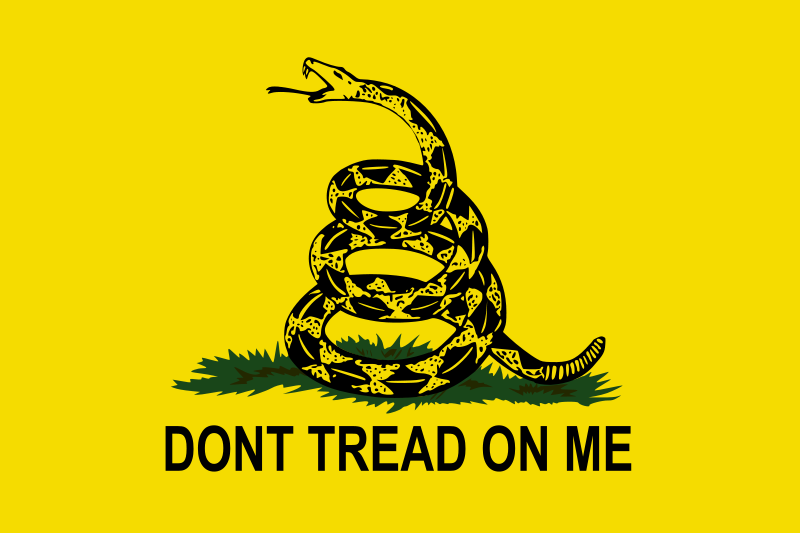
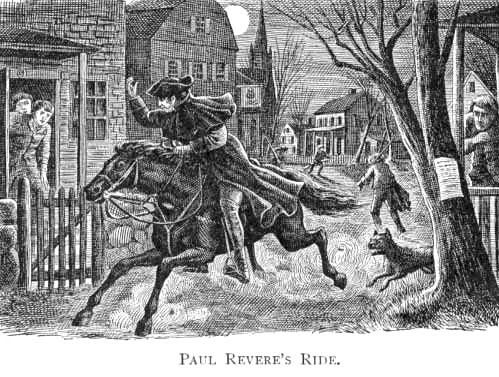

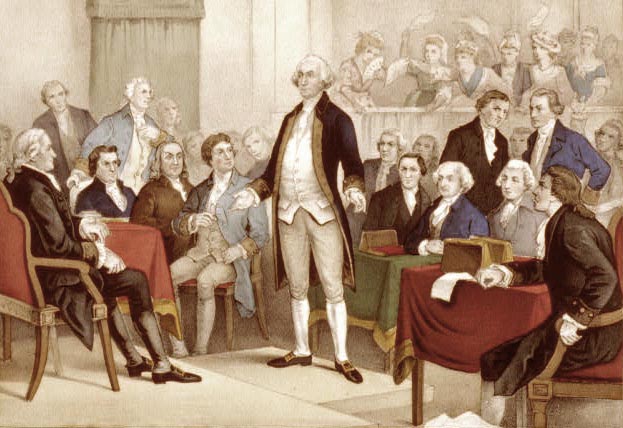

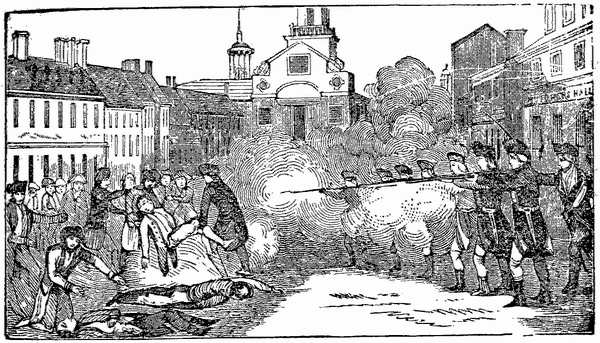
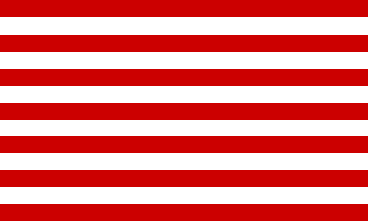
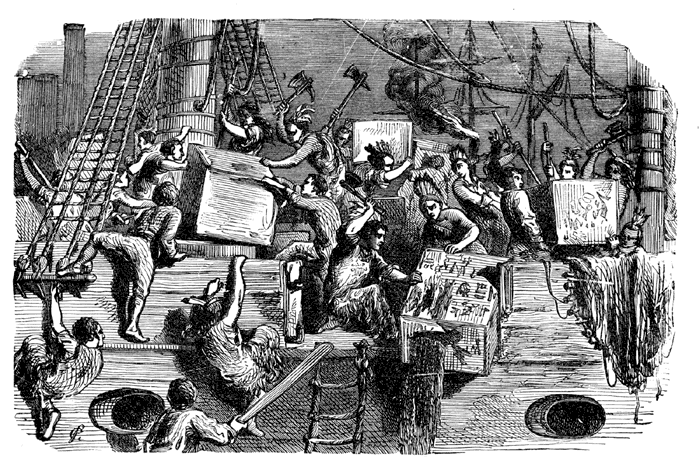




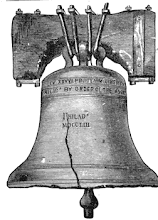




No comments:
Post a Comment